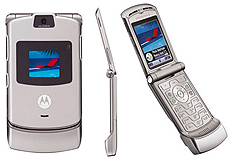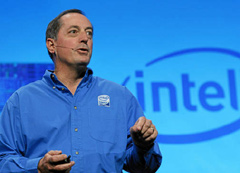
In the global phone handset market Motorola went from the market leader to market laggard in just six years. Its earnings fell from US$4bn to $0.6bn and its share price from $180 to $46 over this time. Theirs is a cautionary tale of what can happen when you fail to recognize the changes occurring in the wider market and how quickly customer expectations can change.
How could the company that first invented the mobile phone 35 years ago and then hold the No. 1 market position for most of the next three decades make such a bad error in judgment?
Motorola’s demise actually stemmed from its greatest success – the RAZR handset. Launched in 2003 the ultra-thin handset with the clam shell appearance sold a staggering 110 million units over the next four years. Its impact was so extraordinary that the industry magazine PC World rated it #12 in The Greatest Gadgets of the last 50 years. Buoyed by this success the company introduced nine separate versions of the RAZR in quick succession. [Read more…]

 by Josh Linkner –
by Josh Linkner – by Alice Hansen –
by Alice Hansen –

